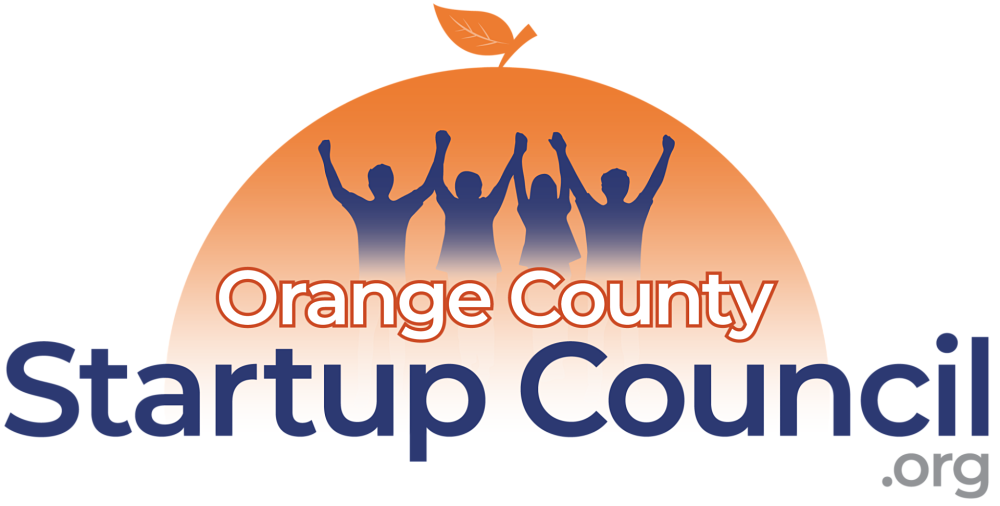Pegasus One: Escaping the Custom Build Trap
Thanks to Sponsor Pegasus One for this thought leadership article outlining best practices for startup software products:
Beyond the Feature List: How to Avoid the Custom Software Build Trap
What does success look like when building custom healthcare software? That depends on your desired outcomes.
Here’s what it doesn’t look like: A laundry list of features.
When it comes to successful business intelligence solutions development, the risk isn’t just wasted budget. It’s compliance exposure, frustrated clinicians, and low adoption rates because the tool doesn’t fit real-life use cases.
What is the Custom Software Build Trap?
This is what it looks like when teams fall into the “build trap”: A focus on features, instead of outcomes. Pushing projects forward without aligning clinical workflows and the realities of integration. Validation that occurs after launch, rather than continuous feedback.
All these realities add up to a project that might check boxes, but misses the mark. In healthcare, this trap is especially costly because interoperability, safety, and compliance are critical. These are not “nice to have,” they’re guardrails that must be in place from day one.
When you’re in the wrong zone, you’ll see warning signs like:
Over-specification of features, without clarity on the clinical or operational problems they solve.
Stakeholder misalignment where IT is focused on a checklist, while clinicians get a solution that doesn’t help day-to-day.
Scope creep and mismanaged budget because priorities weren’t anchored to outcomes.
Post-launch disappointment: “We built a product, but not the right product.”
When new product builds are guided by features and not anchored in outcomes, you risk interoperability challenges, compliance mistakes, and workflow mismanagement. Worst of all, clinicians won’t adopt the new solution because it makes their work harder or just doesn’t fit into their workflow.
Outcomes before features
Building a successful custom product begins with defining the desired outcome first, then letting features earn their way into the plan. Begin with specific goals, such as reducing readmissions, increasing portal engagement, EHR integration, or shortening turnaround times. These goals ensure that the project roadmap will be measured by business and clinical impact, not just the number of tickets. Bring in stakeholders across multiple areas (clinicians, administrators, and even patients if appropriate) to ground every decision in the real world of care delivery. Check in with biweekly reviews so you can course-correct as the project progresses, always keeping your outcomes in mind.
At Pegasus One, we believe in radical transparency. Here’s how we avoid the build trap:
1) Problem Framing First
Every engagement starts with a simple blueprint: who are we helping, and what measurable outcome should change? Features serve the goal, not the other way around.
2) Clinical Workflow Alignment
We map the software to the realities of clinical workflows: how alerts surface, who needs context to act, and what happens next.
3) Composable + Configurable Architecture
Our software scales with your org because it’s designed on a FHIR-first foundation using proven middleware such as MedPlum, Firely, and Smile CDR.
4) Accelerator-Led Delivery
Roughly 40% of what you need is already built and pre-tested modules for portals, scheduling, billing, and dashboards. Our accelerators keep your budget focused on the aspects of the project that are unique to your organization.
5) Outcomes-Driven Metrics
“Done” means impact, not just shipped, so we track KPIs such as adherence rates, admin workload reduction, turnaround times, and engagement.
Engagements to keep you out of the trap
All our solutions are designed with the end in mind. Pegasus One has a healthcare-only focus across providers, payors, and digital health, and we offer services from custom AI solutions to HL7 integration. We will keep your healthcare organization out of the Custom Software Build Trap with custom engagements:
Outcome-Led Discovery Sprint (2 weeks)
Before a single line of code is written, we align on the outcomes, data sources, KPIs, and integration points. You leave with a crisp blueprint and a prioritized roadmap tied to measurable impact.
FHIR-Ready Modular Build Kits
Pre-built components for the essentials: portals, scheduling, billing, and dashboards. These accelerators seamlessly plug into your ecosystem, reducing risk and accelerating delivery.
AI-Native Blueprints
Design for co-pilots and prediction from day one: data pipelines, retrieval, and monitoring are part of the plan from the start.
Features are easy, alignment is hard
Stacking cool features on top of a project is easy. But what actually moves the needle is aligning stakeholders, considering clinical workflows, engineering for interoperability and compliance, and continually measuring outcomes. That’s the difference between “we shipped a product” and “we improved our day-to-day operations.”
If you’re ready to get out of the build trap and start anchoring your projects to measurable results, contact our team today
Read this article at pegasusone.com...
Thanks for this article excerpt and its graphics to OC Startup Council Sponsor Pegasus One.
Want to share your advice for startup entrepreneurs? Submit a Guest Post here.

